by Rusty Kennedy | Jun 2, 2016 | Events, Helicopters, UAV
Newport News Park RC Club presents the 9th HOT Great day of flying Helis, Multirotors and FPV course. Call Rusty at (757) 812-2812 or email at...
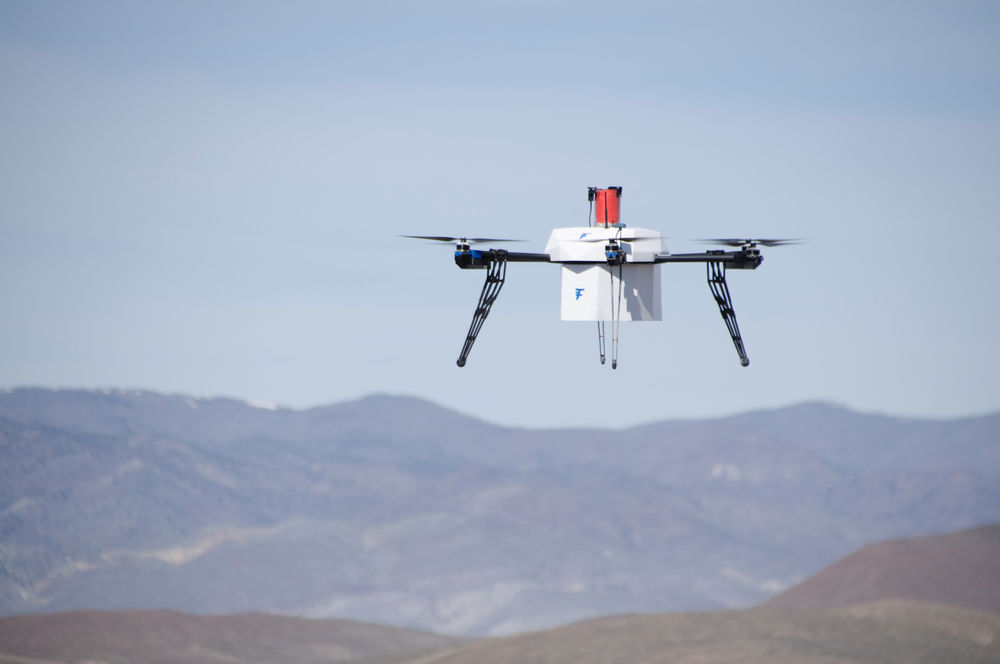
by Greg Carter | Mar 28, 2016 | UAV
THE FIRST URBAN DRONE DELIVERY JUST HAPPENED IN NEVADA - MARCH 10 Source: By Kelsey D. Atherton - Popular Science Hawthorne, Nevada isn’t known for much. The town of roughly 3,000 sits on the western edge of the state, near an Army ammunition depot, and not much else. Announced today, Hawthorne is now the site of what might be a historic precedent: the first urban delivery in the United States by a fully autonomous drone. The drone was flown by drone delivery company Flirtey, which got it’s start in 2013 in Australia, delivering textbooks to universities, before it moved to Nevada. Its six-engine multicopter flew along a predetermined path. When it reached the target house, it lowered a package containing bottled water, emergency food, and a first aid kit. The house was uninhabited, as the flight was a demonstration of what a rescue drone might be able to carry to people in need. Flirtey already conducted a rural delivery test, so it makes sense that urban was next, even if that “urban” is defined as a fairly small town. According to Flirtey CEO Matthew Sweeney, 86% of packages are 5.5 pounds or less, and that the drone is designed to carry payloads that size up to 10 miles away. “Hawthorne is a town with ideal characteristics for us, because you’ve got residential housing lots that have trees, power lines, that are perfect for research and testing precision delivery,” Sweeney told Popular Science, “the kinds of things you have in a regular suburban environment.” After Hawthorne, Sweeney said, the next step is to “do it over an urban populated area, the kind...
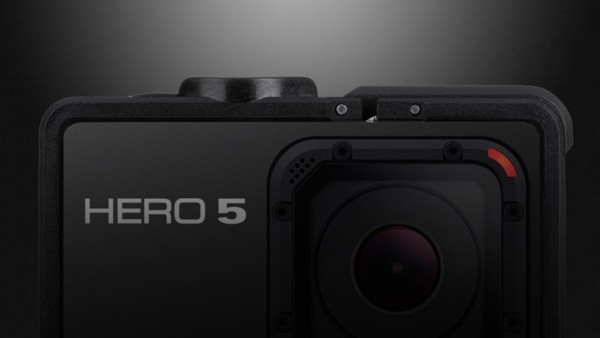
by Greg Carter | Mar 22, 2016 | UAV
GoPro will ultimately deliver a completely autonomous drone, requiring absolutely no piloting? Source: Christopher Morris, at ValueWalk. The release of the GoPro Hero 5 will be an extremely important one for the action camera manufacturer, following the desperate slide of its share price. It is essential for the company to impress consumers with this next generation action camera, and it is also widely anticipated that numerous new features will be included. Smaller and lighter The first thing to note about the GoPro Hero 5 is that it will be significantly smaller and lighter than the previous releases in the series. That have been release delays with this camera thus far, and it is believed that this is related to manufacturing challenges in producing the sleekest and most mobile camera possible. GoPro Hero 5 with drone compatibility It has also been suggested that GoPro will ensure that drone compatibility is part of the makeup of the GoPro Hero 5, which would fit in with the other plans of the company. GoPro has reportedly been working on autonomous drones over the last few months, with the company wishing to make a serious investment in this potentially vast marketplace. GoPro will ultimately deliver a completely autonomous drone, requiring absolutely no piloting. Waterproofing Rumors have also indicated that the GoPro Hero 5 will feature outstanding underwater shooting capabilities, as the manufacturers look to widen the scope of this action camera. It is believed that the GoPro Hero 5 will deliver underwater shooting at a depth of 60 meters, which would be a 300 percent improvement over the existing GoPro Hero 4. This would hopefully...
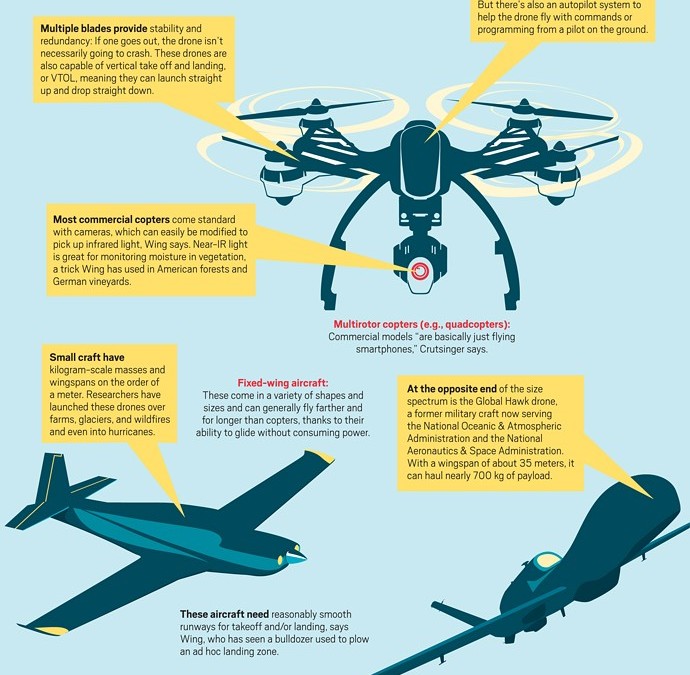
by Greg Carter | Mar 7, 2016 | UAV
Source: Chemical and Engineering News, By Sarah Everts and Matt Davenport For all the unique challenges and advantages flying robots bring, the story of drones borrows from several familiar tales. It’s a story about companies shrinking the size and price tag of electronics. It’s about scientists and engineers developing lighter and more compact sensors. It’s about military technology gliding peacefully into civilian life. For a primer on the various types of drones being harnessed for scientific research, C&EN turned to two experts: Michael G. Wing of Oregon State University, who’s building a catalog of small research drones, and Greg Crutsinger, who works for the drone developer 3D Robotics helping schools and students adopt these flying tools....
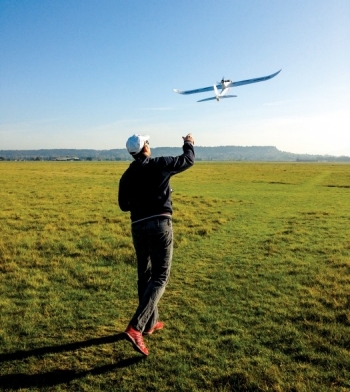
by Greg Carter | Mar 7, 2016 | UAV
Source: Chemical and Engineering News, By Sarah Everts and Matt Davenport Every year, an estimated 30–40% of crop yield is lost to agricultural pests—an alarming statistic for those concerned with food security, our planet’s rising human population, and the imminent threats to crops laid bare by climate change. Although scientists have long studied plant pathogens, most of the work has been at the microscopic level, learning the basic biology of these pests, or at the macroscopic scale, learning how these pests travel across continents by collecting samples near the ground, says Virginia Tech’s David G. Schmale III. What’s missing is a detailed understanding of pathogens’ so-called mesoscale transport. That’s transport that takes place over tens or hundreds of kilometers, from one infected field to another in the next county or state. This is where drones can help. Schmale’s team studies the travel plans of these tiny plant predators by following them through the air with a variety of unmanned aerial vehicles (UAVs) carrying everything from petri dishes to surface plasmon resonance machines that can capture and detect specific pathogens on specially designed surfaces. In particular, Schmale has his eye on the fungus Fusarium graminearum, which he says is “a very common pathogen of corn and small grains that you find in virtually every wheat, barley, or corn field in the U.S .” The fungus delivers a one-two punch to crops: First, it interferes with plant growth by shriveling and shrinking kernels, which results in a reduced harvest. Second, F. graminearum produces a potent toxin called deoxynivalenol, which is also known as vomitoxin because of its deleterious...
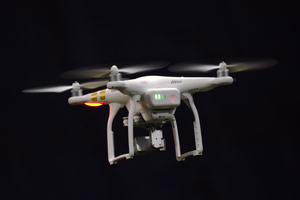
by Greg Carter | Mar 7, 2016 | UAV
Source: UAS Magazine, By Patrick C. Miller | March 03, 2016 The U.S. Federal Aviation Administration (FAA) last week announced the formation of a committee for rulemaking on micro unmanned aerial systems (UAS), but a UAS attorney questions whether the new rules will be ready within the next year. “I saw a couple of news stories that made it sound like this was a positive step in terms of speeding along the implementation of micro UAS,” said James Mackler, an attorney with the Frost Brown Todd law firm in Nashville who specializes in UAS law. “That’s not what’s happening at all—it’s the opposite.” The FAA said it was taking the action to “provide a more flexible, performance-based approach” than previously considered for micro UAS. The committee is expected to begin meeting in March and issue a final report on April 1. The Association for Unmanned Vehicle Systems International (AUVSI) has accepted an invitation to serve on the committee. “The short deadline reinforces our commitment to a flexible regulatory approach that can accommodate innovation while maintaining today’s high levels of safety,” said Anthony Foxx, U.S. transportation secretary. According to the FAA, rather than focusing on a weight class for micro UAS, it will determine which drones are safe to fly over crowds through a performance-based standard. It will consider human injury thresholds, hazard and risk assessment methodologies and acceptable levels of risk for those not involved in the operation. FAA Administrator Michael Huerta said, “Based on the comments about a ‘micro’ classification submitted as part of the small UAS proposed rule, the FAA will pursue a flexible, performance-based regulatory framework...





